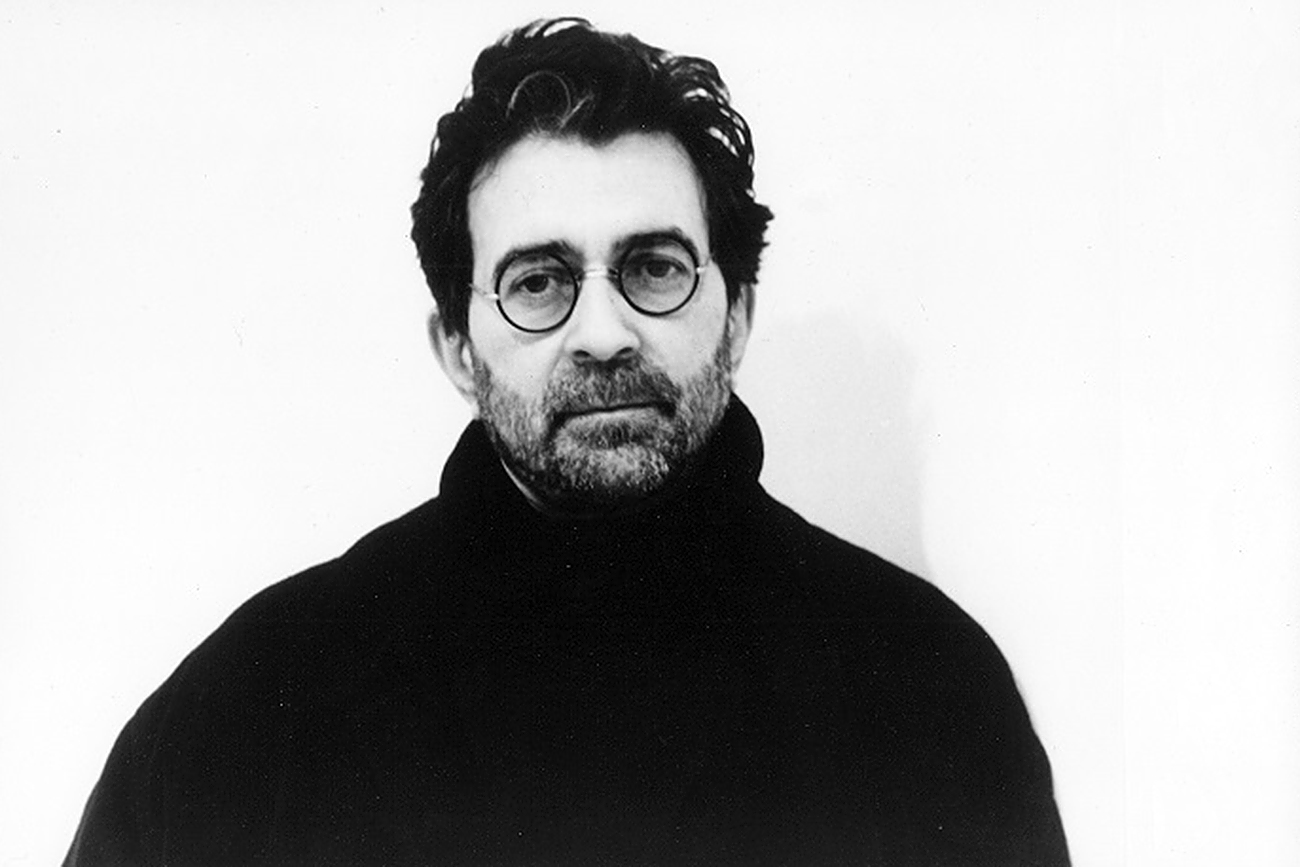
Grisha Bruskin
Марианна Волкова Grisha Bruskin. Source: Marianna Volkova
Grisha Bruskin. Source: Marianna Volkova
Grisha Bruskin is one of the most famous Russian artists in the West. He has dual citizenship in Russia and America but, like any artist, he can be called a citizen of the world. This year, he will be the central figure in the Russian Pavilion at the Venetian Biennale, where he will present the Theatrum Orbis Terrarum project.
In anticipation of the exhibition, Bruskin told RBTH about his departure from the Soviet Union, his life in the United States and the relationship between world politics and Russian art.
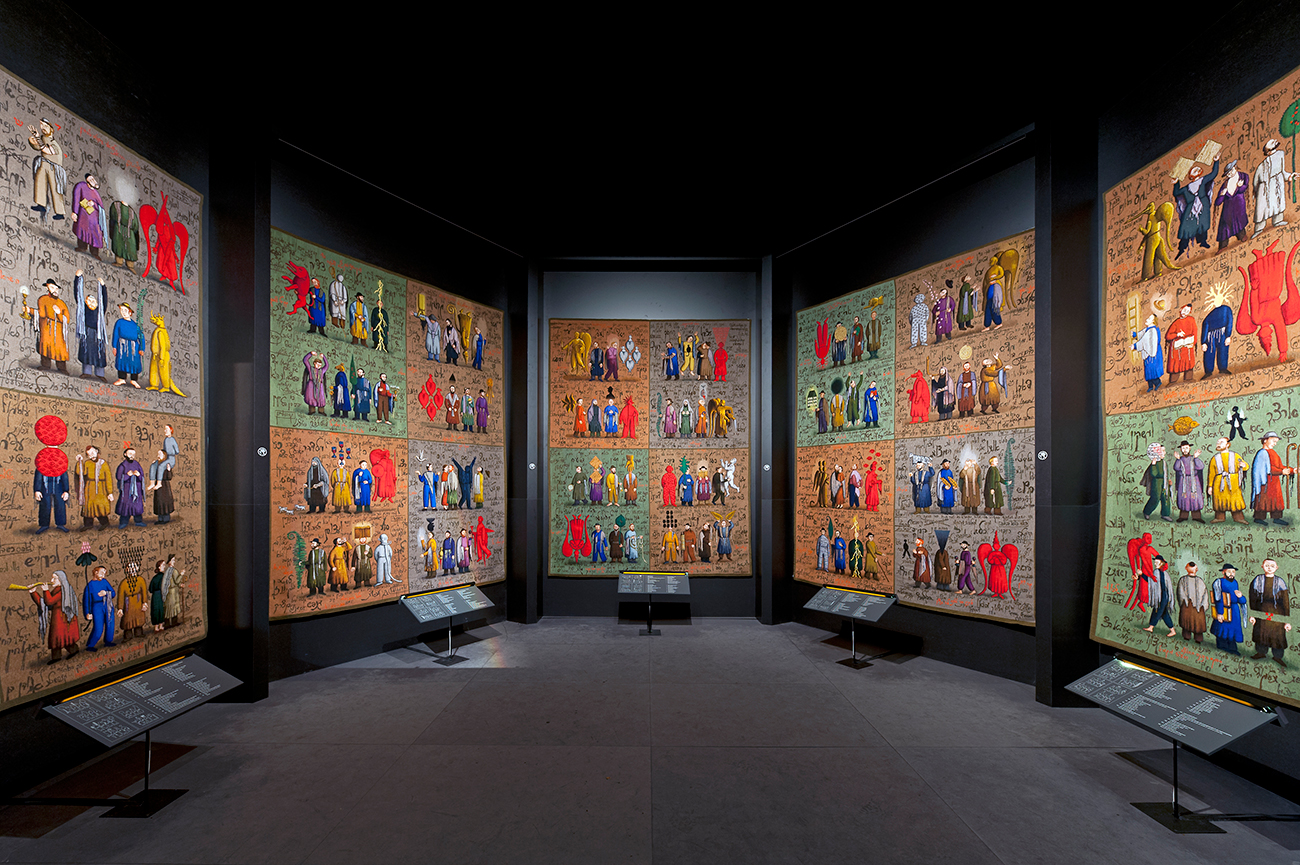 Artist's installation. Source: Press Photo
Artist's installation. Source: Press Photo
Russian artists participate both in the Biennale's main project and its parallel program on a regular basis. After Venice, however, their names seem to evaporate into thin air. Do you think Western curators and museum directors tend to neglect these artists?
There are two issues here. First, is the West's prejudice towards Russian art and there definitely is a preconception. This is not only towards Russian art, but towards Russia in general. Because in the old days, Western intellectuals, and the West in general, perceived Russia with a certain wariness, let's say.
For example, if we look at the maps from the 19th century, we see that while other countries were depicted as animals or other various creatures, Russia was always drawn as a bandit with a knife or other weapon, aggressively facing the West.
When he was a young man during the 19th century, Gustav Dore wrote some texts and made an album in which he depicted Russia as a monster. Various racist theories were in vogue in France at the time, and his works definitely demonstrate that attitude towards Russians. In this album, Russians are born from a polar bear and a female walrus, but the newborn was depicted as a hairy freak with an aggressive expression.
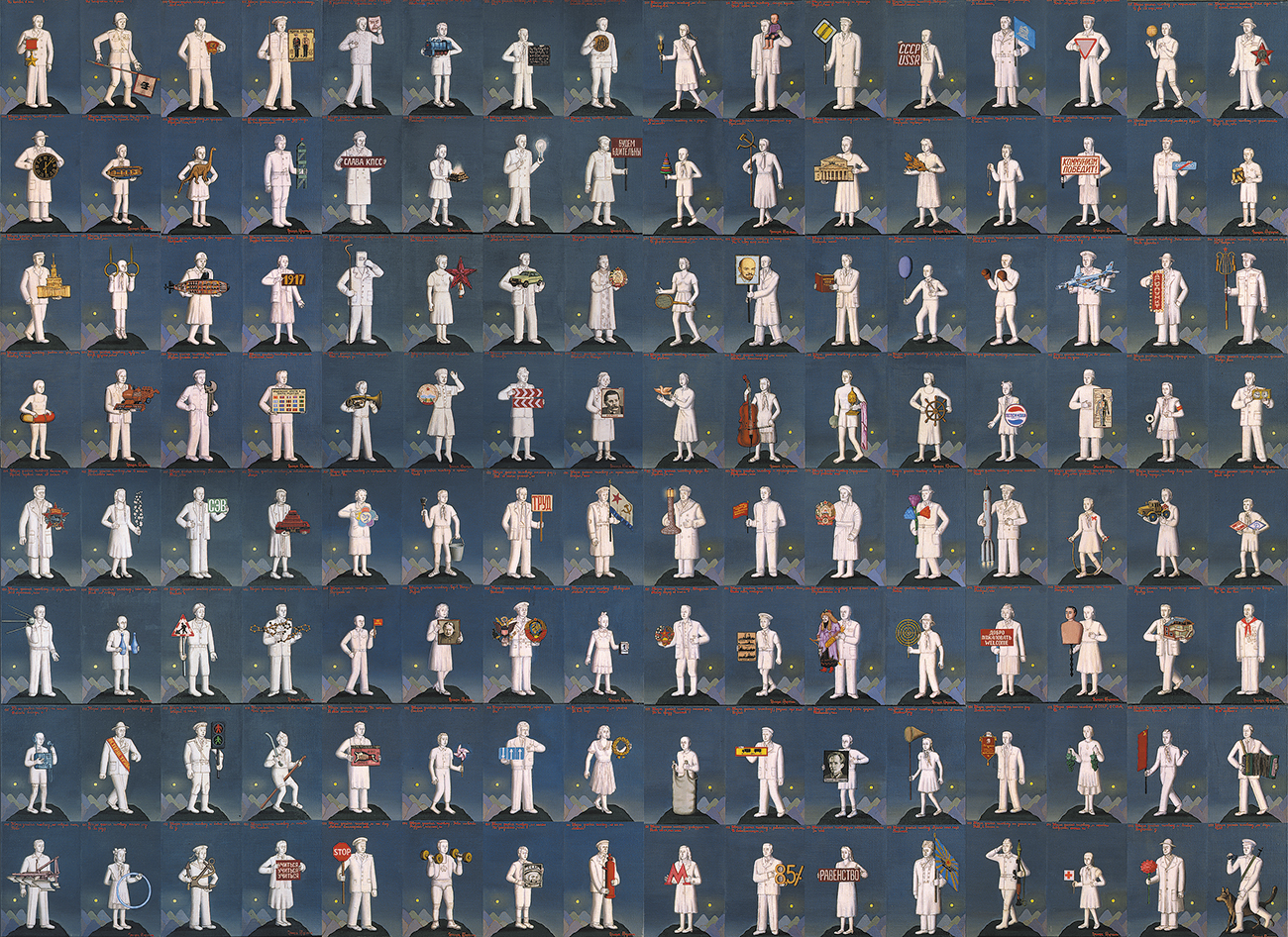 "Fundamental lexicon." Source: Press Photo
"Fundamental lexicon." Source: Press Photo
Almost some kind of subconscious sublimation…
Exactly. I am convinced that Russian art is no worse than Western art. It's just different. Russian art is wonderful in all its periods. The first reaction of Western people to something new in Russian art is always denial and rejection. "We had this a long time ago," or "this isn't interesting." Then, after some time, it turns out that this Russian art that previously the West didn't need becomes an important part of the art world. This happened to the Russian avant-garde, this happened to Russian music, etc. This pattern of aversion to Russian culture still exists today.
Another issue is the participation of young Russian artists in the Biennale. You have surely been to the Biennale and seen that usually this is an enormous exhibition of mostly bad art. But these exhibitions are interesting because they show the current state of culture and where it is heading. Not even where it is heading but what the curators' taste is, what the taste of the age is…
![]() "Fundamental lexicon." Source: Press Photo
"Fundamental lexicon." Source: Press Photo
You once said that the West's new interest in contemporaryRussian art from the 1980s and 1990s was in relation to the fall of the Iron Curtain. That it was, in fact, an interest in something strange and hostile.
I guess I said it, and I'll say it again. When Russia is dangerous for the West, when it is strong, there is absolutely more interest in it.
Does this mean, in your opinion, that in the current political situation Russian contemporary art has a new chance?
I would not make such direct conclusions. We'll see how the situation develops. But it will definitely have some impact on cultural relations.
Russia is now demonized in the world. It was primarily demonized by the former America administration, by Barack Obama and his entourage. And consequently by Europe, which follows suit.
Let's put it this way: Trump will melt the ice again, and this chance will go away (laughs).
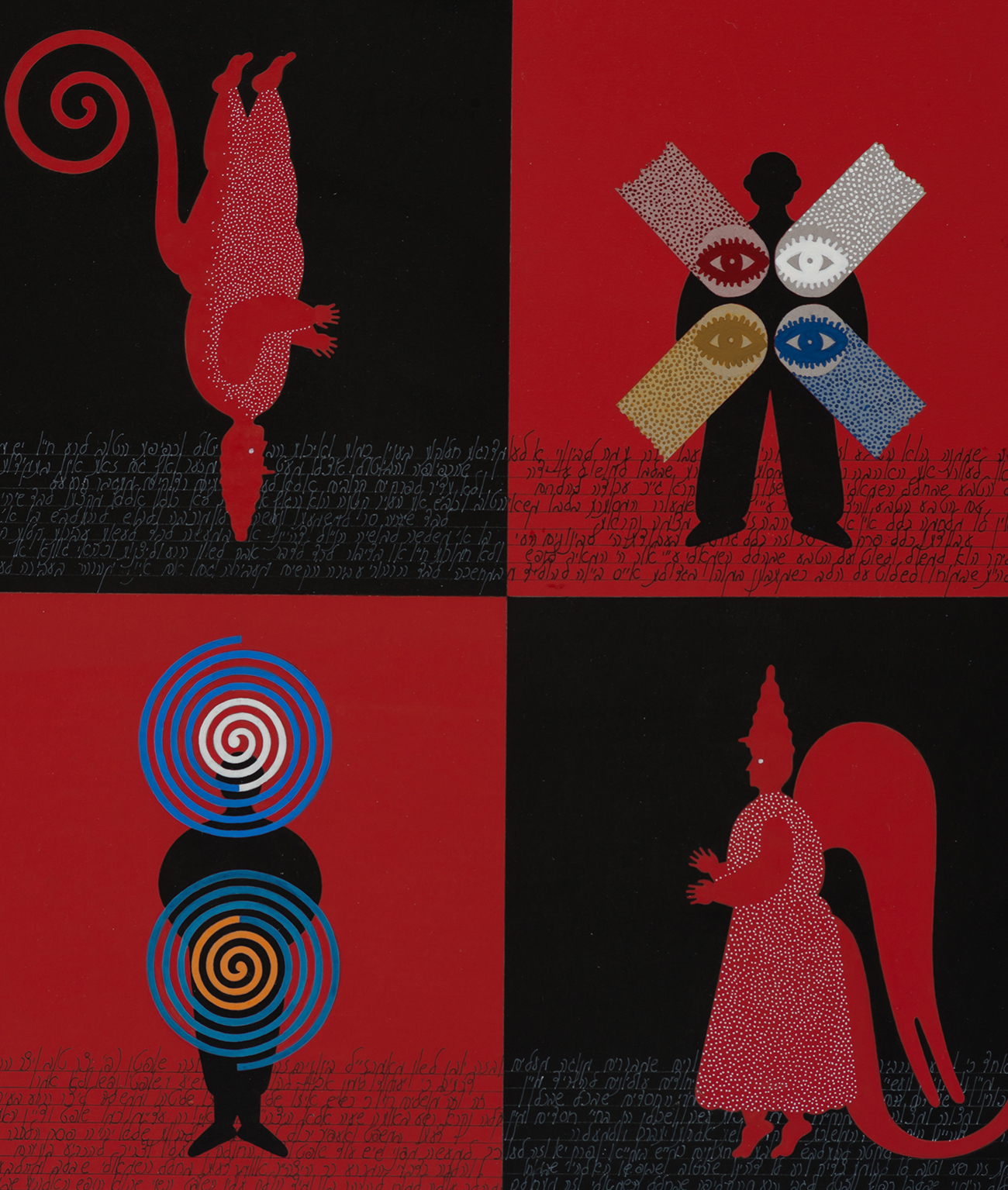 "Metamorphoses." Source: Press Photo
"Metamorphoses." Source: Press Photo
You left to work in the US in 1988, after the first Sotheby's auction in the USSR in Moscow. But even before that, director Milos Forman bought one of your works. How did that happen?
This happened in February 1988, at the exhibition “The Artist and Modernity.” This took place during the wave of Perestroika and it was unclear where all this “music” was heading. The exhibition was initiated by artists who decided to get together and hold an exhibition. Basically we wanted to exhibit art that for one reason or another we could not show before Perestroika. It took place in the state exhibition hall called Na Kashirke. The relationship between the artists and the local authorities was complex. The authorities were afraid to hold the exhibition.
At the time, some acquaintances of mine worked in Moscow at the Nuclear-Free World Forum. The forum was Gorbachev's idea. He wanted to show that wonderful, revolutionary processes were taking place in Russia, which would create different relations between the USSR and the West. Religious figures, politicians and, obviously, people from the art world were invited to the forum. Many celebrities came, such as Swiss writer Max Frisch and the director Milos Forman. And when it was threatened that our exhibition would be canceled, we decided to invite these famous personalities to guarantee that our exhibition would not be closed.
In general, the translators dragged these celebrities, including Yoko Ono, to the preview. It was there that we all met. Forman wanted to buy my work. We went to some KGB organization that dealt in exports. They caused a lot of commotion for him, but in the end he was allowed to buy the painting.
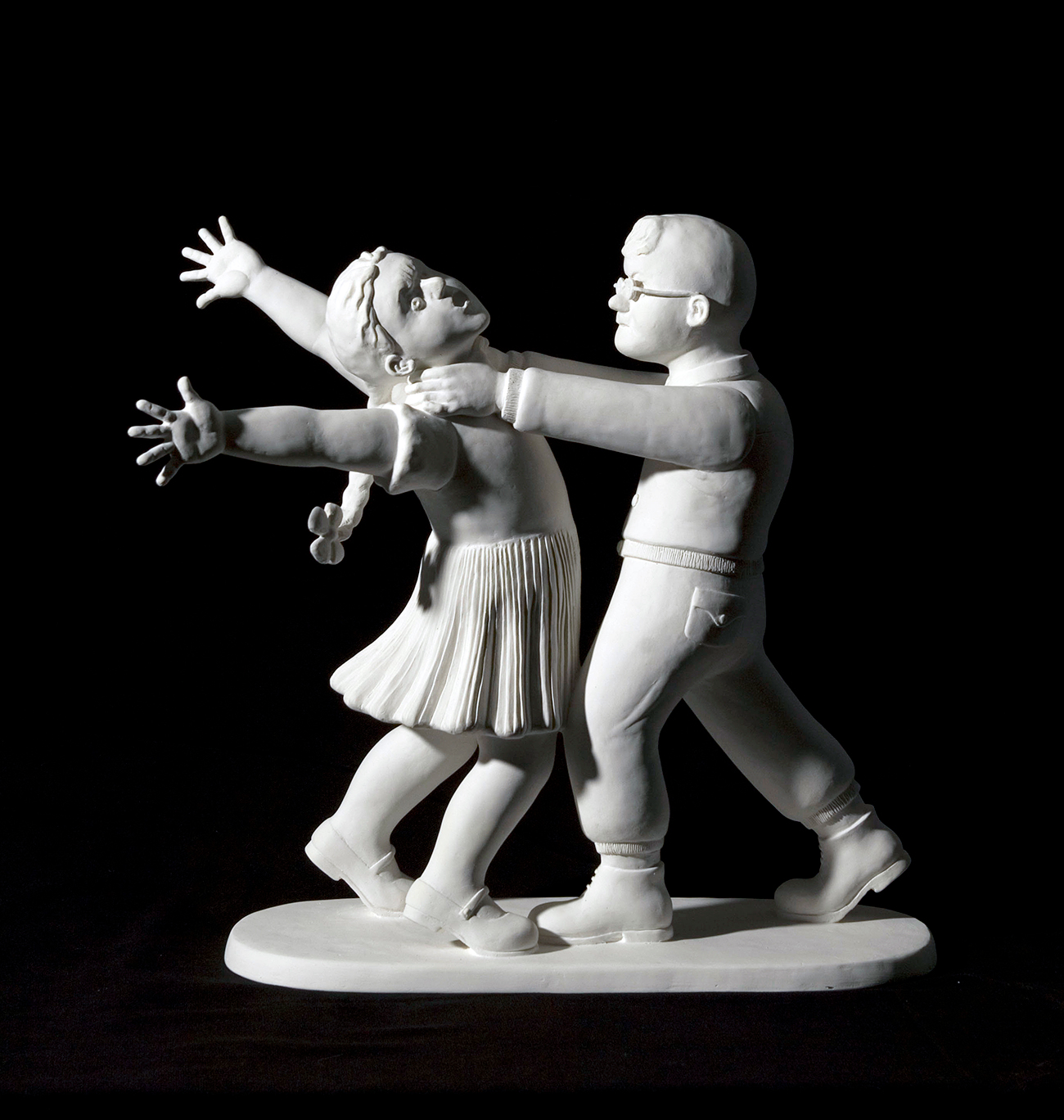 "The Strangler." Source: Press Photo
"The Strangler." Source: Press Photo
Did you have euphoria coming to America?
I came wildly exhausted to a world where I didn't understand anything. Coming to America from Russia today is one thing. But back then it was completely different. I didn’t know what a bank was, I didn’t know what a contract was, I didn’t know what a check was. I didn't know anything at all. I didn't understand these realities of life.
My knowledge of America had come from literature. From Mark Twain and Faulkner. I loved jazz and everything. But life turned out to be somewhat different. I needed to work and understand the people around me: who was a crook, who was not a crook. It was not easy. I had no relatives or friends. I was alone.
I came and was declared almost a millionaire, but received nothing. I came there as poor as a church mouse. I needed to make money and to find a gallery. There was Struve, who worked with me. He also worked with Prigov and Orlov—with three Russian artists. Then I was approached by several galleries with opportunities to collaborate.
This is the story I usually tell. It's a bit crafty, but not really. When the various galleries wanted to collaborate with me I didn't know or understand anything. One of the galleries was Marlboro and I smoked Marlboro cigarettes at the time. I thought that, well, at least that was a familiar word. As I said, this is partly a crafty story, but in part not. Because this really was my first reaction. But then I consulted some people about the gallery.
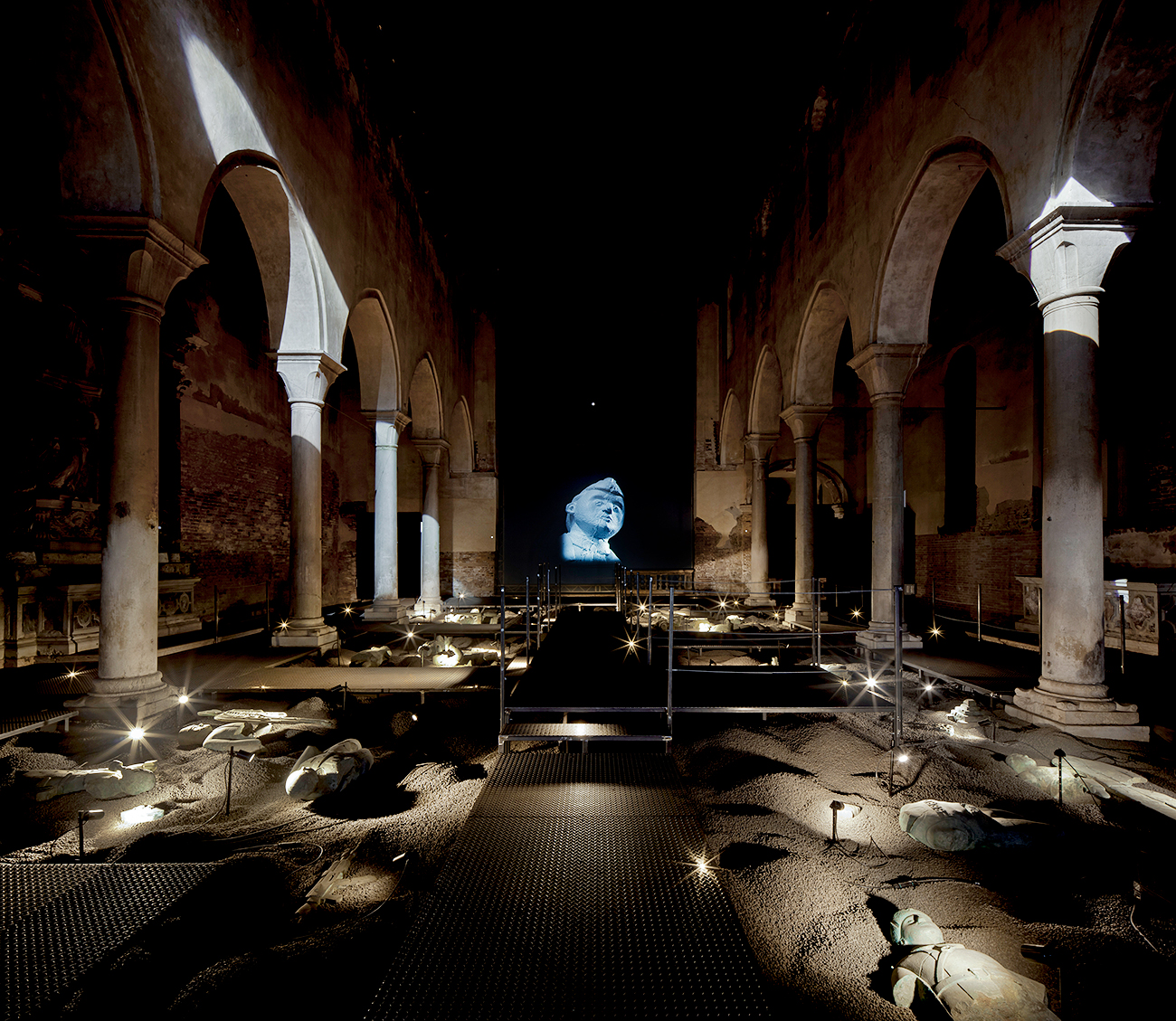 "Archaeologist's collection". Source: Press photo
"Archaeologist's collection". Source: Press photo
How did the Chicago story unfold?
In America, I appeared on the covers of some magazines and newspapers, including The New York Times. The cover contained a fragment of one of my works.
I remember the nightmare in Chicago. It was summer, 40 degrees Celsius in the streets with horrible humidity. I continuously ran into air-conditioned places, and my only desire was go to the airport and fly away on the first plane, even holding on to the wheel! Because I didn’t understand anyone. I spoke English but did not understand anyone. I asked people 10 times before understanding what I was being told.
And I started working there. Some strange things happened. There was a conflict between my gallery owner Bill Struve and the man who had formally invited me. I was told that I was being followed by KGB and CIA agents, and that I needed to be rescued immediately. I understood that I was being deceived. In general, I found myself in a strange situation, but I began working in America and immediately got interesting offers that gave me the opportunity to implement some projects that I hadn’t been able to realize in Russia. And so I extended my trip to America. I extended it once, twice, three times. And I'm still on this business trip.
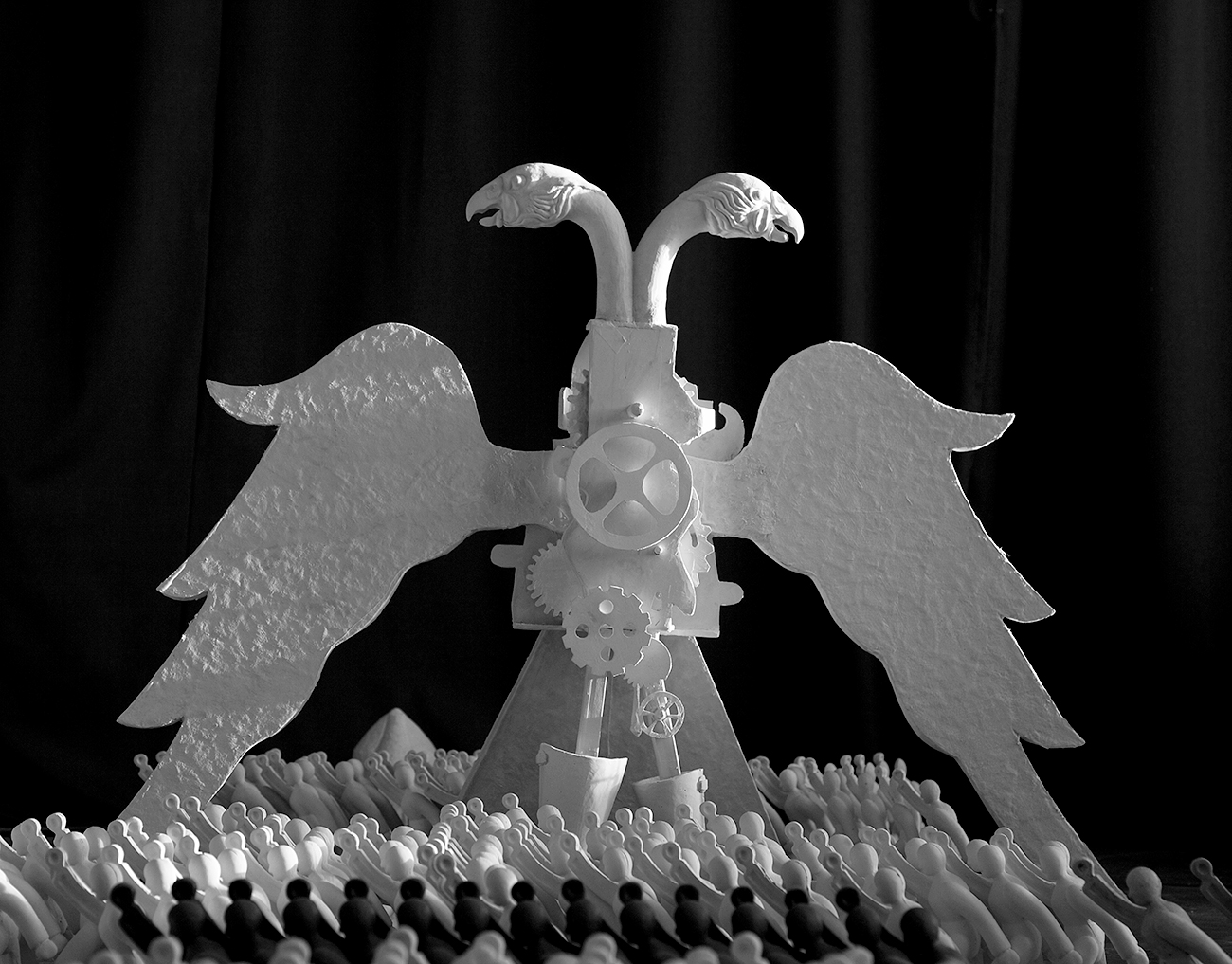 "Change of scenery". Source: Press Photo
"Change of scenery". Source: Press Photo
And you became a U.S. citizen?
I am a Russian citizen and an American citizen. I have dual citizenship. But I consider myself a Russian artist. When I'm asked, "Who are you?" I respond, "I'm Grisha Bruskin." If this isn't enough, I say, "I'm Grisha Bruskin, an artist." And if that is not enough, I say, "I'm a Russian artist living in America." And so on. But first and foremost I consider myself a Russian artist, and so it is.
If using any of Russia Beyond's content, partly or in full, always provide an active hyperlink to the original material.
Subscribe
to our newsletter!
Get the week's best stories straight to your inbox